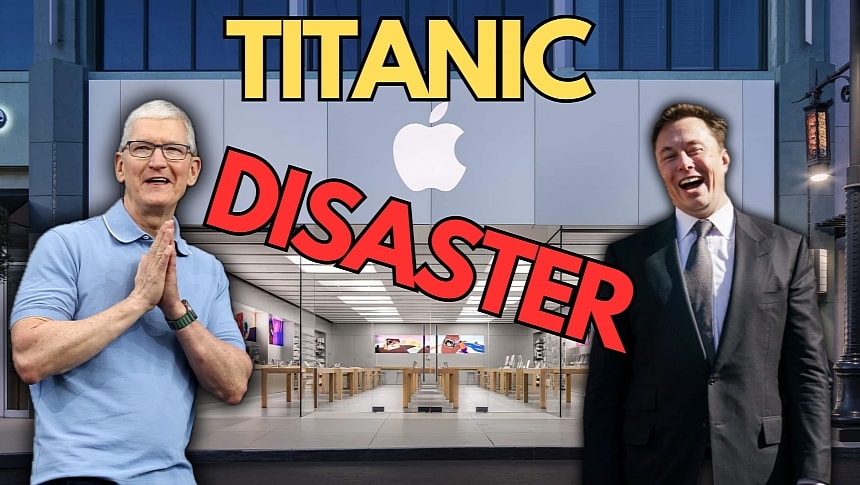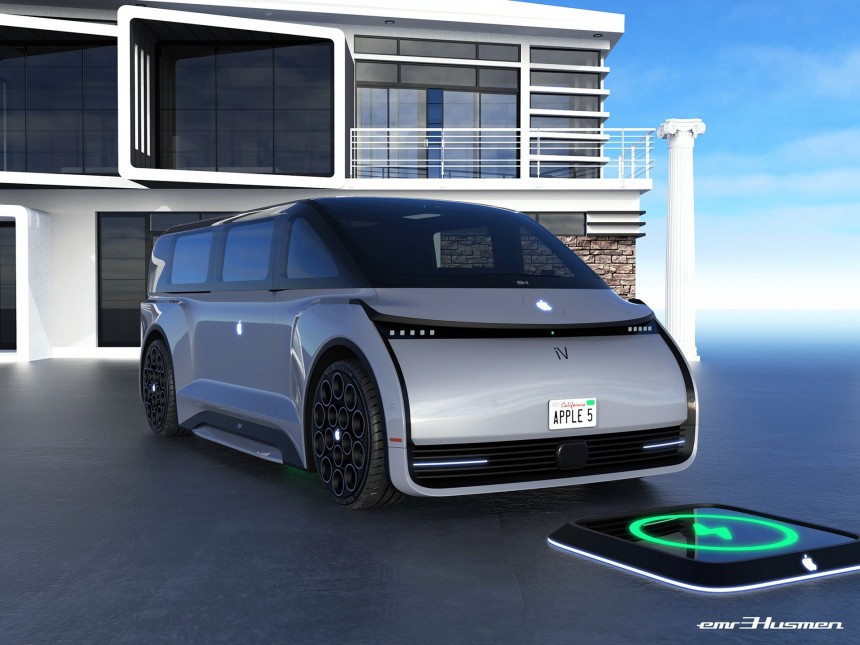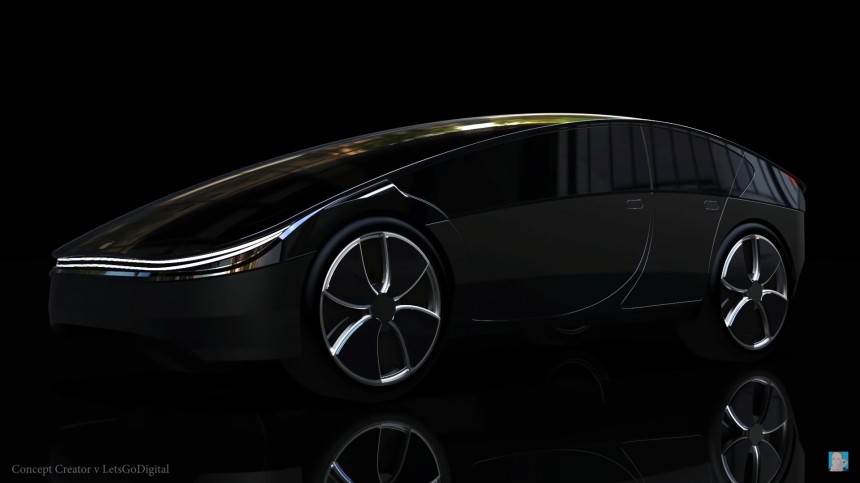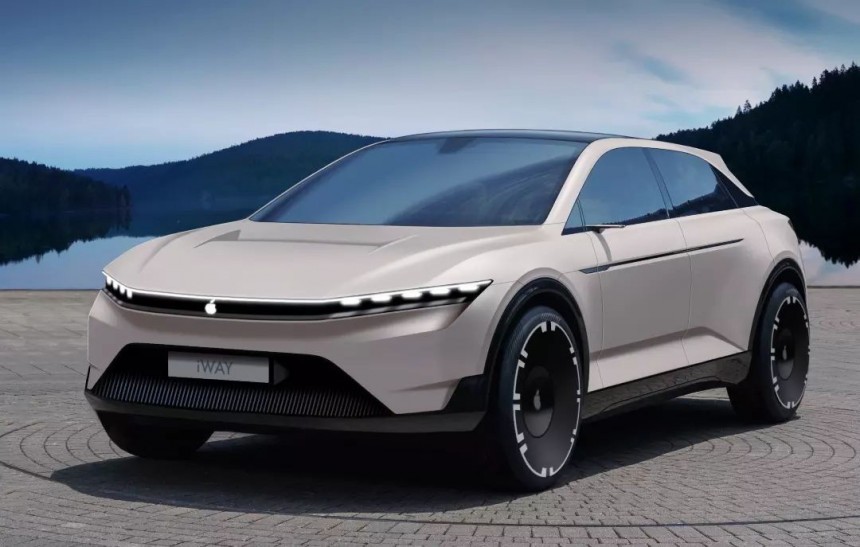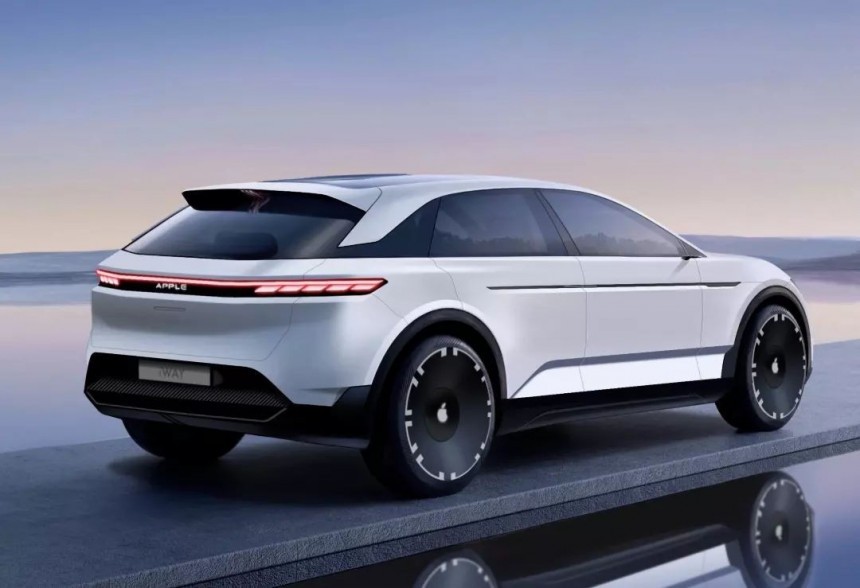The Apple Car project has been around for at least one decade, with the iPhone maker beginning the work on an ambitious self-driving vehicle in 2014.
Codenamed Project Titan, Apple's car started with a clear goal in mind: keep the company at the forefront of the automotive migration, especially as rivals, including Google, were betting big on projects in this space.
Apple's automotive direction wasn't necessarily dictated by CEO Tim Cook but by engineers who pressed the leadership team for a new ambitious project. With the Apple Watch already on the market and becoming a hit, the engineers who worked on the smartwatch were aiming for a new, challenging device.
It's how a self-driving vehicle landed on the drawing board. Apple's CEO wasn't particularly excited about a self-driving car, but he knew the company had to invest in this space. Additionally, it couldn't risk losing its engineers to automakers, including Tesla, especially as the competition in this market was fiercer, and the search for talent was a threat to tech giants.
Apple explored several ideas to become a car company, including a potential takeover of Tesla. We've known for a while that Elon Musk considered selling Tesla to Apple, but a new report citing people familiar with the matter reveals that the iPhone maker wanted to build everything from scratch. It didn't want to struggle with integrating Tesla into its product portfolio, so building its automotive division from the ground up was considered a smoother way to step into the car world.
It's why Apple started spending big on everything related to car development, including new technology, patents, new employees with the necessary know-how in this space, and buying startups. Apple spent over $10 billion on the failed Apple Car project, the report reveals, adding that the company's team tasked with developing a vehicle eventually included 2,000 employees.
Hiring experienced staff with solid skills in the car world wasn't cheap. Apple appointed the best of the best, including engineers from NASA, Porsche, Tesla, and other car companies. It wanted the Apple Car to be a pioneer of new technology despite knowing that making a profit would be difficult in the long term.
Engineers working on the Apple Car estimated the vehicle would carry a price tag of over $100K, pushing it far from the money-making machine that Tim Cook hoped it would become. Apple was still making a fortune with the iPhone, the Apple Watch, and other devices, but Cook was already planning for the long term. All signs suggested that the smartphone world was approaching saturation, with the iPhone also expected to slow down worldwide. The car world was a $200 billion business, so spending big on a vehicle was eventually a no-brainer.
However, even the people developing the vehicle doubted the product would succeed. The report reveals that they often referred to the vehicle as "the Titanic disaster," a reference to the internal "Project Titan" codename.
Apple changed multiple leaders before appointing Kevin Lynch, the man who made the Apple Watch happen, in charge of the Apple Car. The project changed its direction repeatedly, at one point even dropping the hardware ambitions altogether. In 2016, Steve Zadesky, the executive who paved the way for the Apple Car project, left the team, with the project then transformed into building self-driving car software rather than a dedicated vehicle.
Nothing worked, with the billions of dollars invested in the project proving that not even one of the world's most valuable and wealthiest companies can make everything happen. The cited report reveals that the main reason for dropping the project came down to Apple's failure to "develop the software and algorithms for a car with autonomous driving features." Apple explored multiple approaches to remain relevant in the automotive space but eventually decided to reassign most employees working on the car team to AI projects. Others will leave the company.
Apple has never commented on the Apple Car, keeping all details secret, mainly because not even the company's executives knew the direction the project would eventually embrace. Despite a decade of work, the Apple Car project failed, leaving the iPhone maker with valuable assets that could always be a starting point for another vehicle.
However, Apple is unlikely to explore the development of a car this decade. The company seems more interested in the software side of the business, primarily as it's now investing big in services like Apple Maps, CarPlay, and artificial intelligence. Siri will soon get smarter thanks to AI, and a public demo of what the next-generation digital assistant can do should be offered at WWDC in the spring.
According to the report, the technology developed by Apple in its struggle to build a car also allows the company to explore other products, including "AI-powered AirPods with cameras, robot assistants, and augmented reality."
Apple's automotive direction wasn't necessarily dictated by CEO Tim Cook but by engineers who pressed the leadership team for a new ambitious project. With the Apple Watch already on the market and becoming a hit, the engineers who worked on the smartwatch were aiming for a new, challenging device.
It's how a self-driving vehicle landed on the drawing board. Apple's CEO wasn't particularly excited about a self-driving car, but he knew the company had to invest in this space. Additionally, it couldn't risk losing its engineers to automakers, including Tesla, especially as the competition in this market was fiercer, and the search for talent was a threat to tech giants.
It's why Apple started spending big on everything related to car development, including new technology, patents, new employees with the necessary know-how in this space, and buying startups. Apple spent over $10 billion on the failed Apple Car project, the report reveals, adding that the company's team tasked with developing a vehicle eventually included 2,000 employees.
Hiring experienced staff with solid skills in the car world wasn't cheap. Apple appointed the best of the best, including engineers from NASA, Porsche, Tesla, and other car companies. It wanted the Apple Car to be a pioneer of new technology despite knowing that making a profit would be difficult in the long term.
However, even the people developing the vehicle doubted the product would succeed. The report reveals that they often referred to the vehicle as "the Titanic disaster," a reference to the internal "Project Titan" codename.
Apple changed multiple leaders before appointing Kevin Lynch, the man who made the Apple Watch happen, in charge of the Apple Car. The project changed its direction repeatedly, at one point even dropping the hardware ambitions altogether. In 2016, Steve Zadesky, the executive who paved the way for the Apple Car project, left the team, with the project then transformed into building self-driving car software rather than a dedicated vehicle.
Apple has never commented on the Apple Car, keeping all details secret, mainly because not even the company's executives knew the direction the project would eventually embrace. Despite a decade of work, the Apple Car project failed, leaving the iPhone maker with valuable assets that could always be a starting point for another vehicle.
According to the report, the technology developed by Apple in its struggle to build a car also allows the company to explore other products, including "AI-powered AirPods with cameras, robot assistants, and augmented reality."
